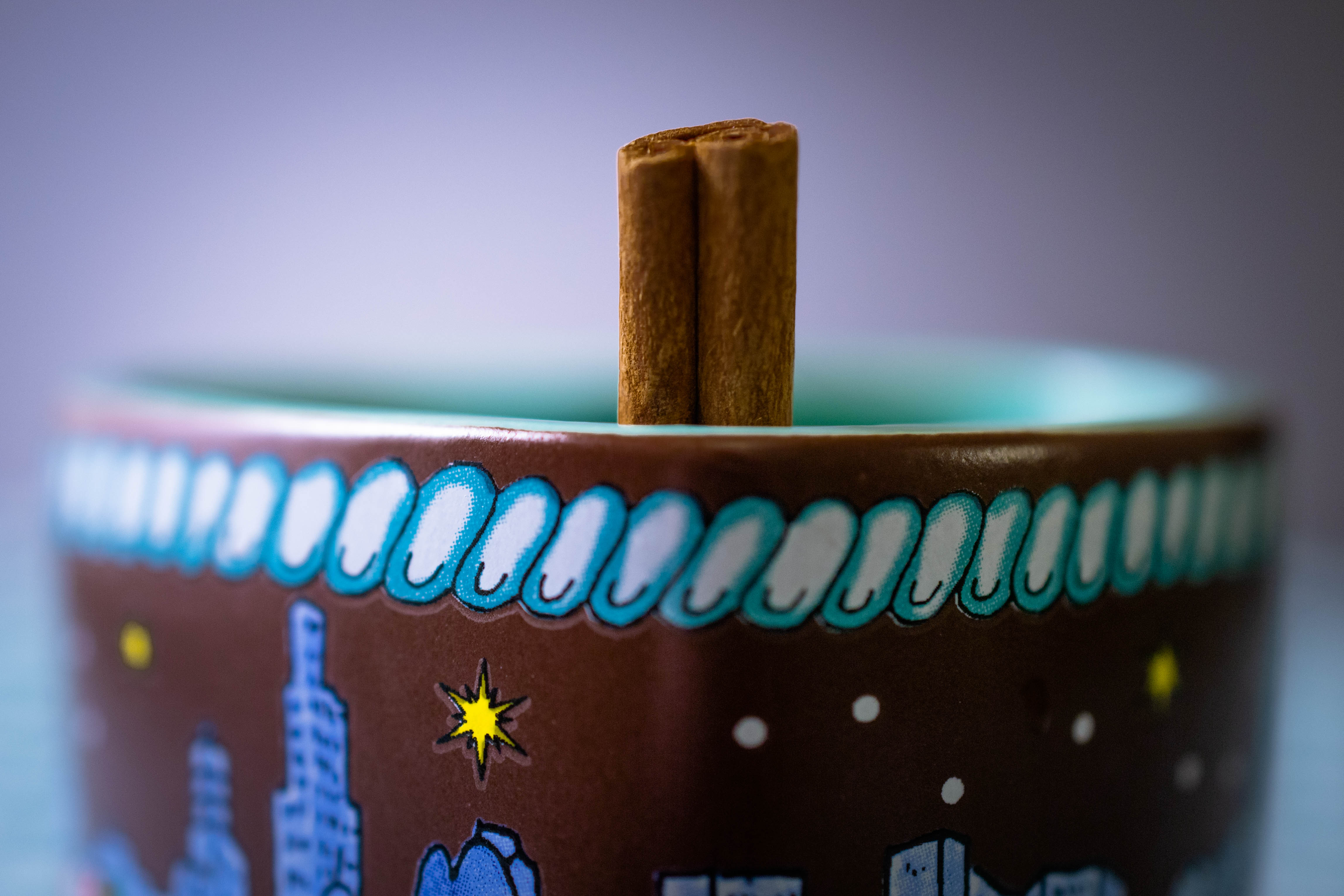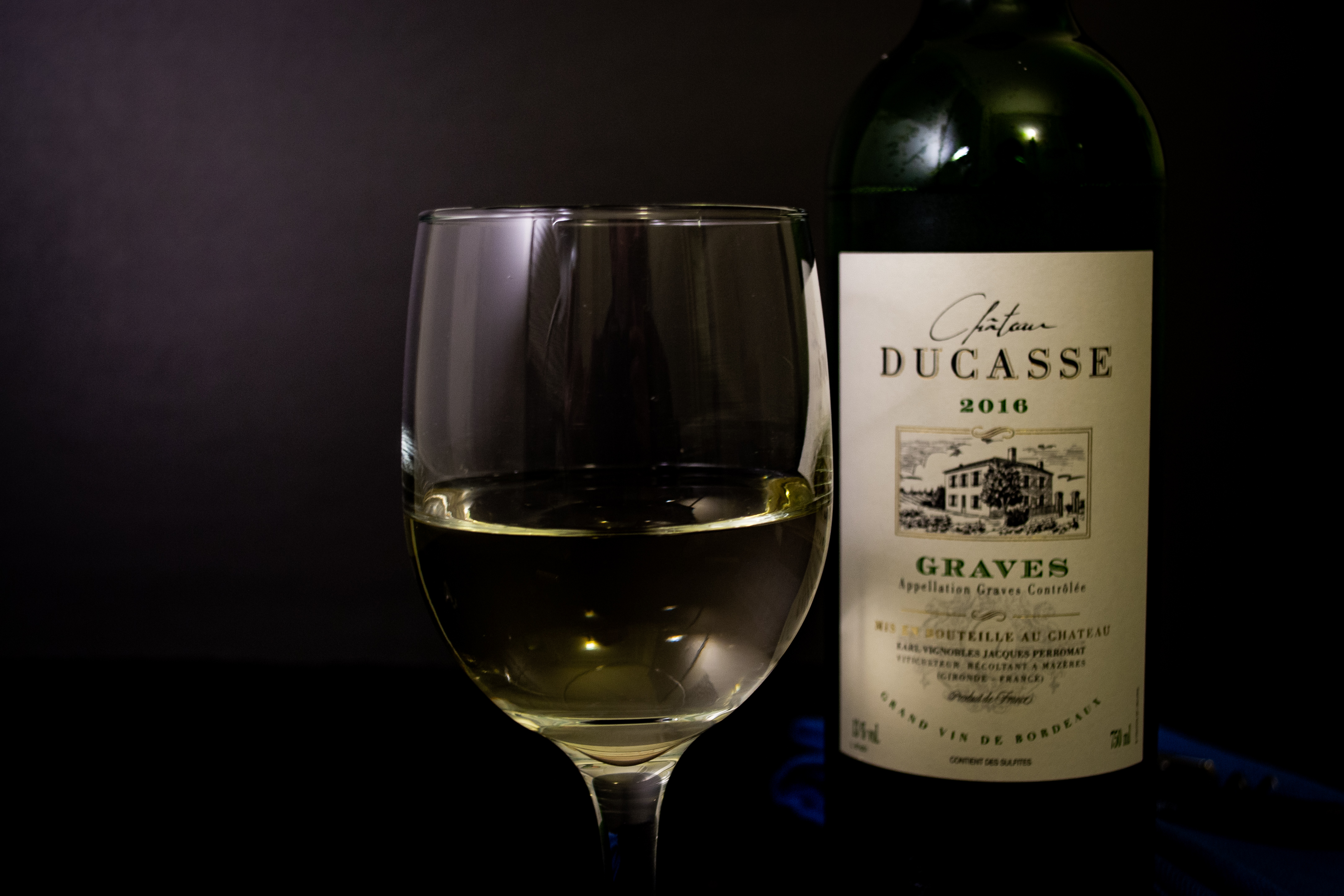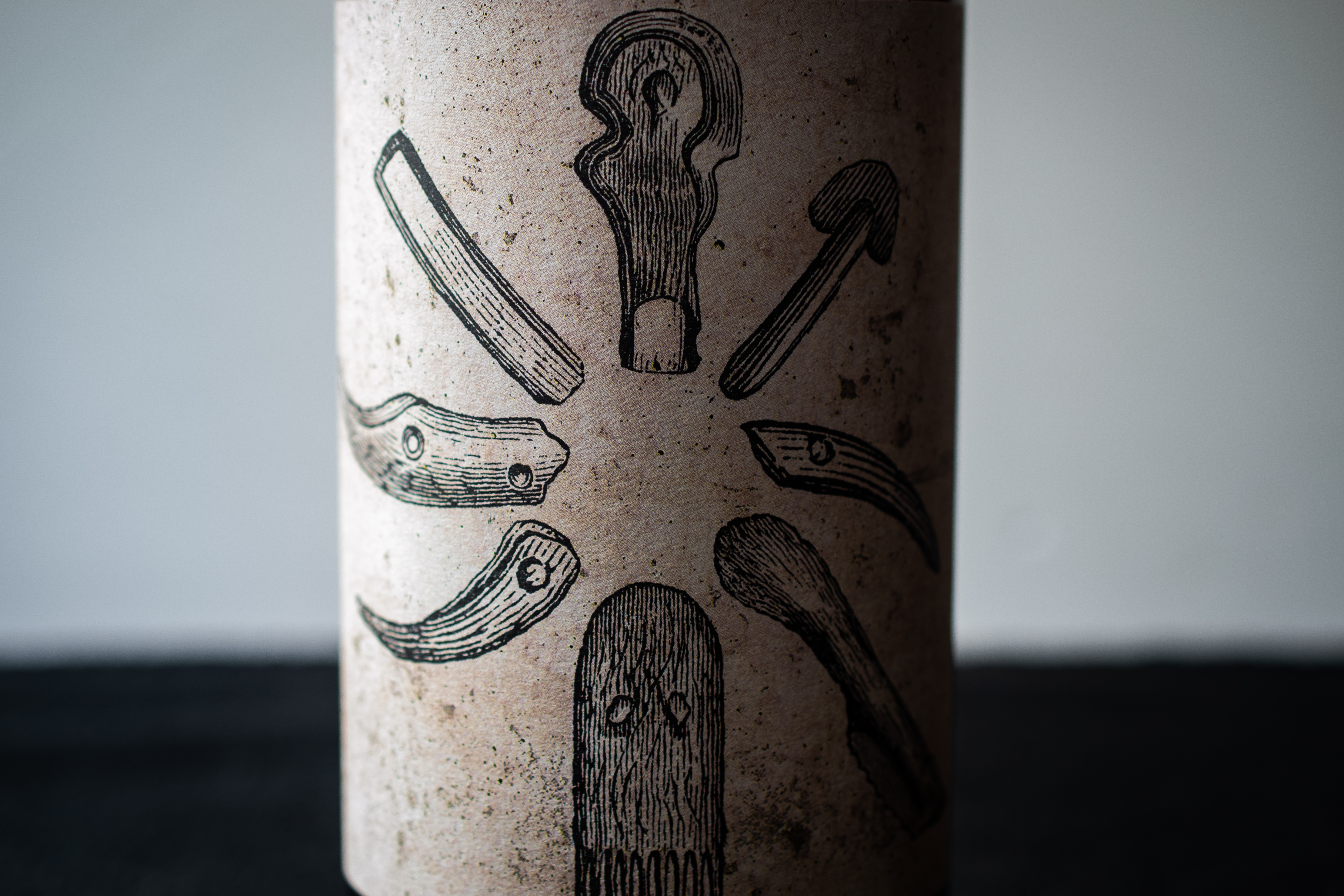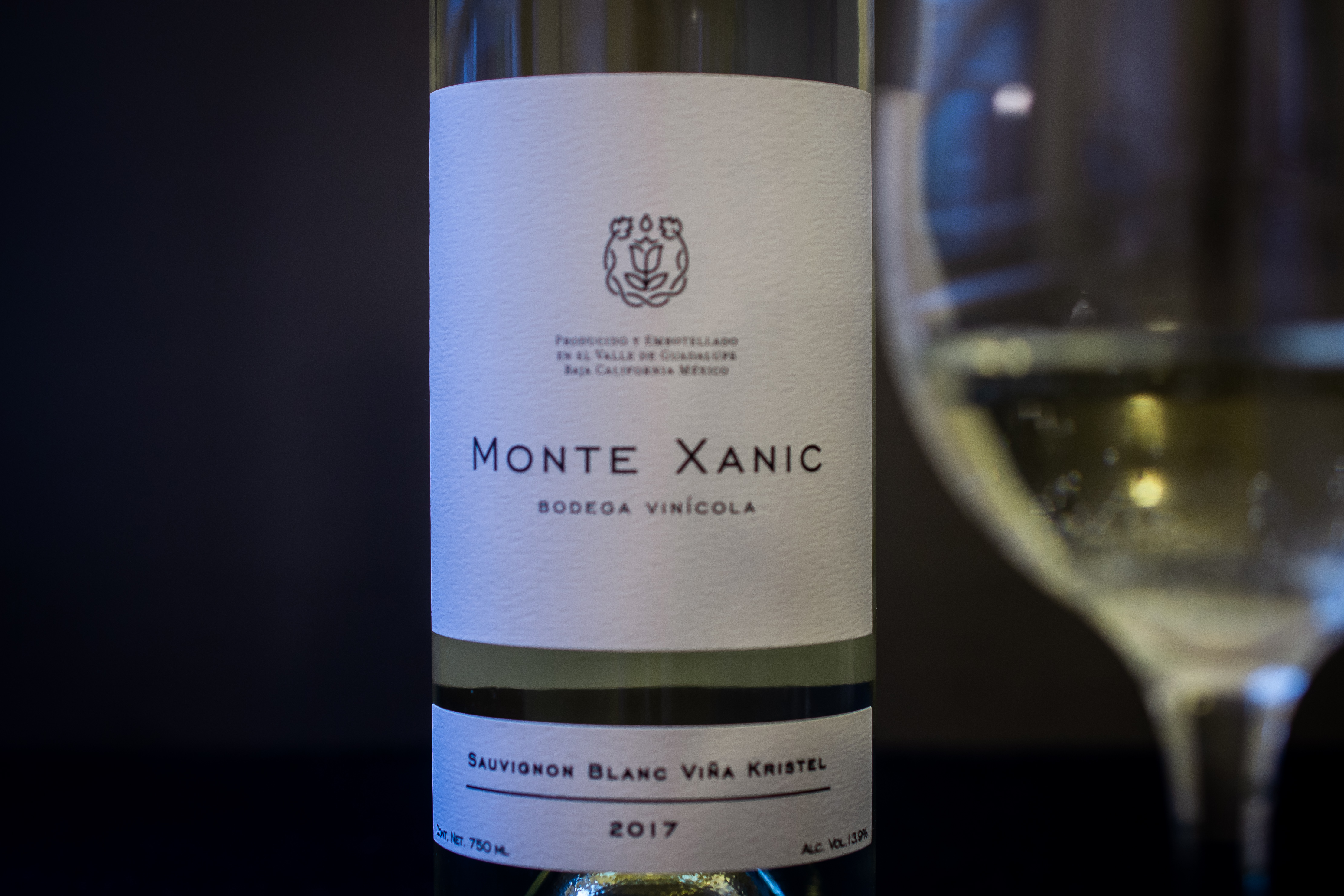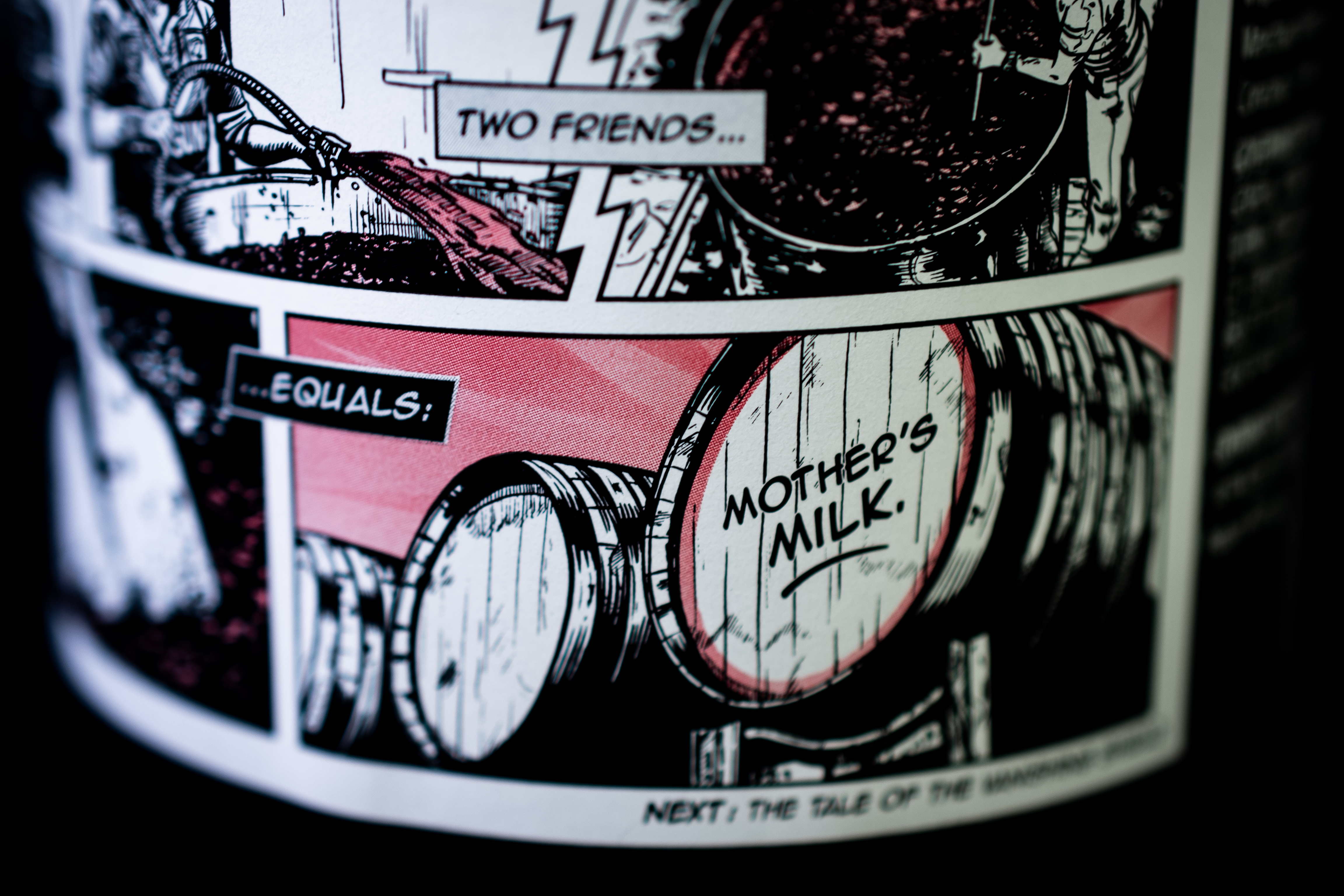In general, I’m not a fan of adding things to wine. Wine, for me, is an art object, I want to experience it was it was intended and contemplate it without distraction. The addition of orange juice, fruit, sugar, spices, or whatever doesn’t really fit my concept of what wine is and should be. Even so, I recognize it’s a popular practice, whether it’s brunch with mom, summers around the grill, or holidays with friends, people like drinking adulterated wine. Never was this more apparent to me than on my first trip to the Christkindlmarket.

This is my third Christmas in the city and, while I’ve heard people talk about going to Christkindlmarket, I’d never really paid much attention to it. In the age of internet shopping, I didn’t really see the appeal of an outdoor winter shopping festival… until I found out they were serving traditional mulled wine, glühwein, and German street food. I was in.
I walked to the market from Merchandise Mart one day after work. The forecast was calling for rain, so it seemed I was only going to have a short window, but I also knew that probably meant it would be less crowded. I wasn’t disappointed.

Within five minutes of arriving I had a mug of mulled wine and was laughing with strangers as I shoved leberkäse in my face. The atmosphere of the place was infectious, you couldn’t help but be happy. It was obvious why everyone had spoken so well of it and I felt a little foolish for not taking the opportunity to visit sooner. If Christmas was a place it wouldn’t be the North Pole, it would be here.
Now, one of the big problems at work is that we always have open bottles of wine and with so many private parties requesting specific bottles this time of year, we just can’t seem to go through the stuff fast enough. Inspired by my experience at Christkindl, I decided to convert some of the wine that was on the verge of spoiling into mulled wine. Pouring it all into one big pot, I let it simmer with some allspice, clove, nutmeg, cinnamon sticks, sugar, and orange slices. It took some tweaking, a little more of this to offset that and so on, but in the end it all came together and I finally understood the utility of being able to alter a wine like this. If you have a luckluster wine or one on the verge of going bad, mulling is a great way to breathe some life back into it.

While this is all new to me, for those who grew up around wine the idea of mulling is more rooted in tradition and nostalgia. It’s part of the holidays, something to look forward to. After trying it, I can see why, that warm spicy sensation is like a hug from a distant relative, except that it gets you drunk, and nearly every European country has some variation of this in their culture.
For those of you who, like me, are reluctant to alter a bottle of perfectly good wine, there’s hope, you can buy glühwein by the bottle. I was skeptical of this at first, but I had it on good authority that it was legit. After buying a bottle and trying it for myself, I have to agree, I’m not sure I could tell you the difference between what I bought at the market, what I made at work, and the stuff out of the bottle.

No matter how you find it, glühwein is worth seeking out.
